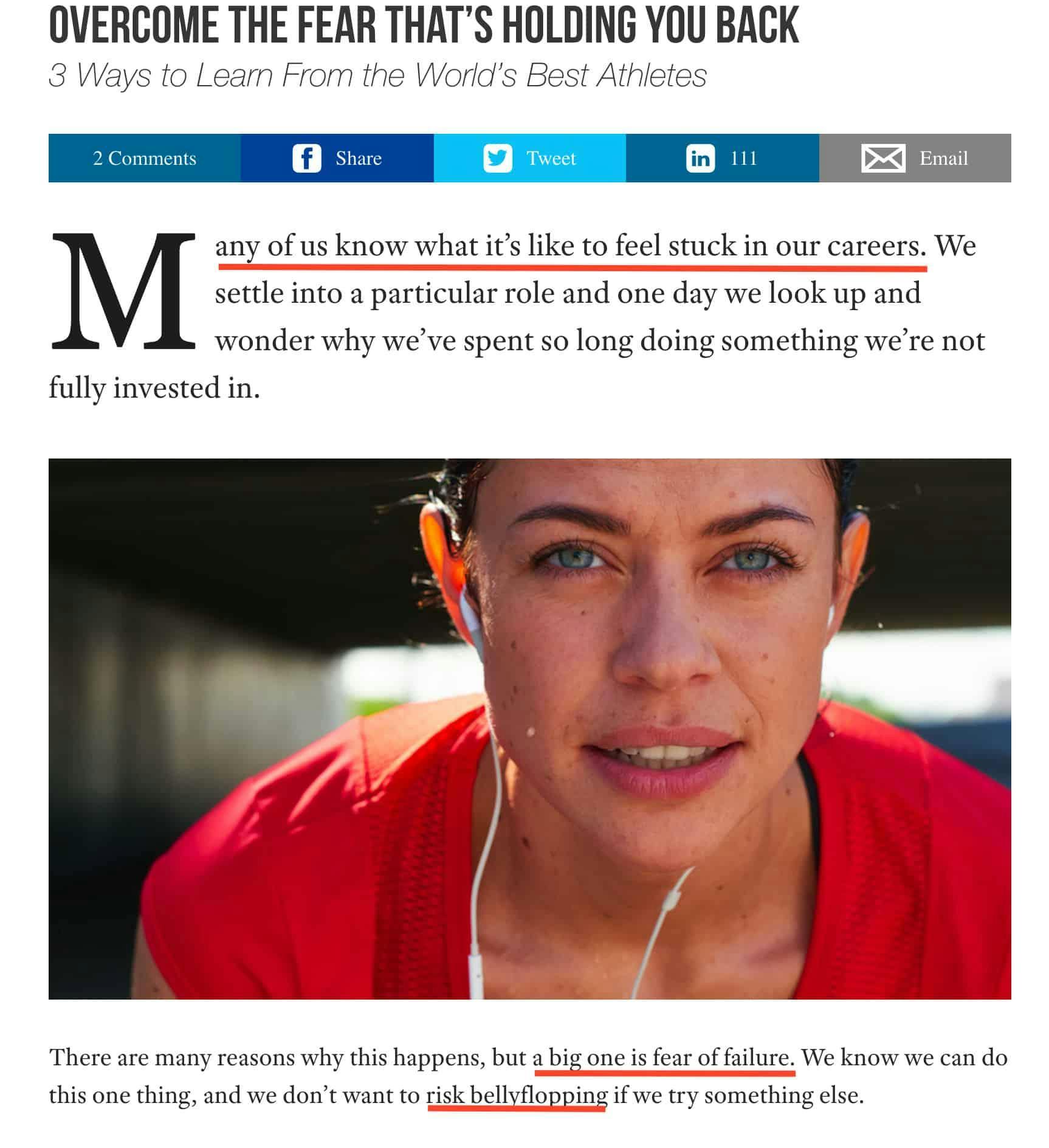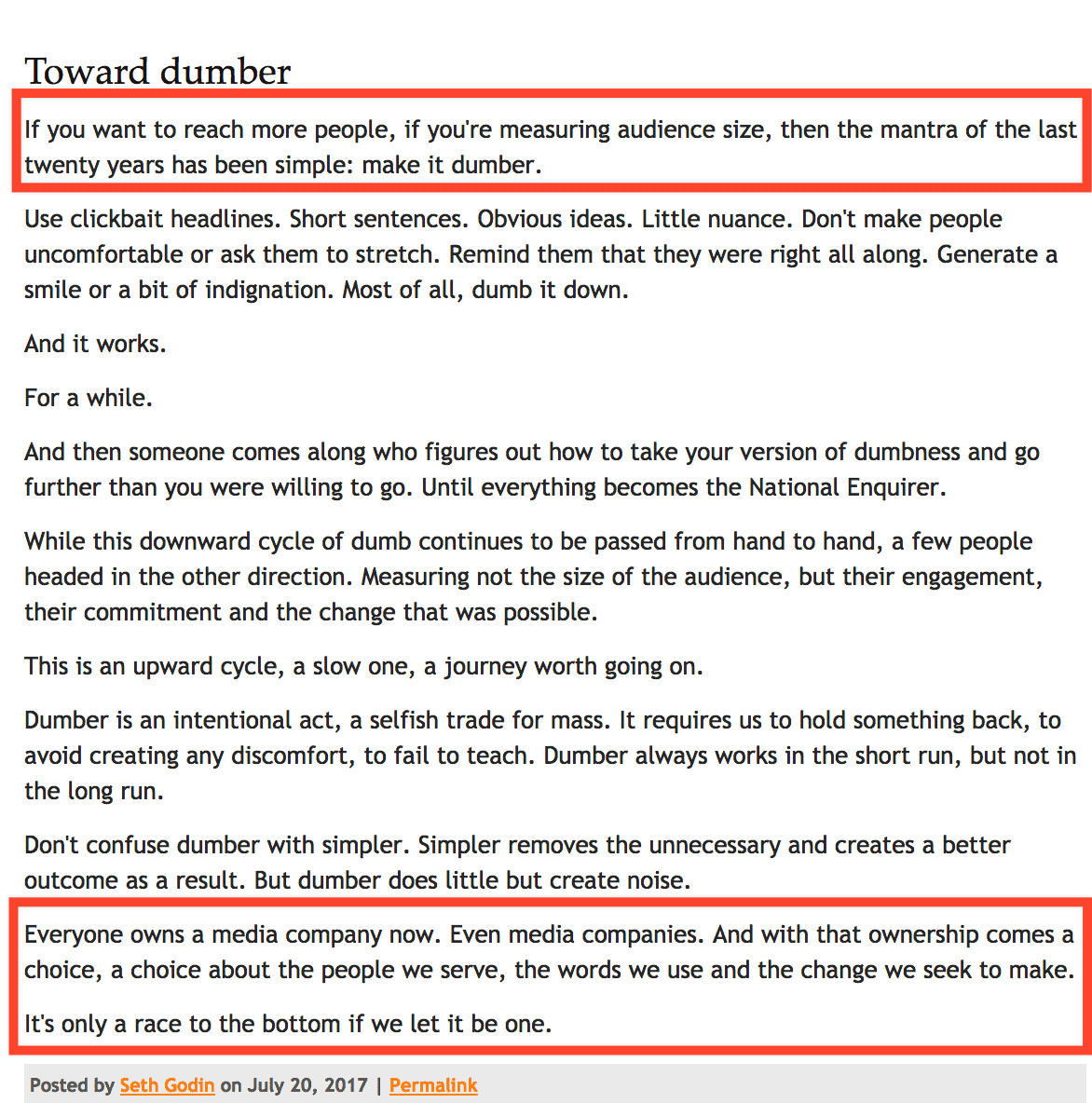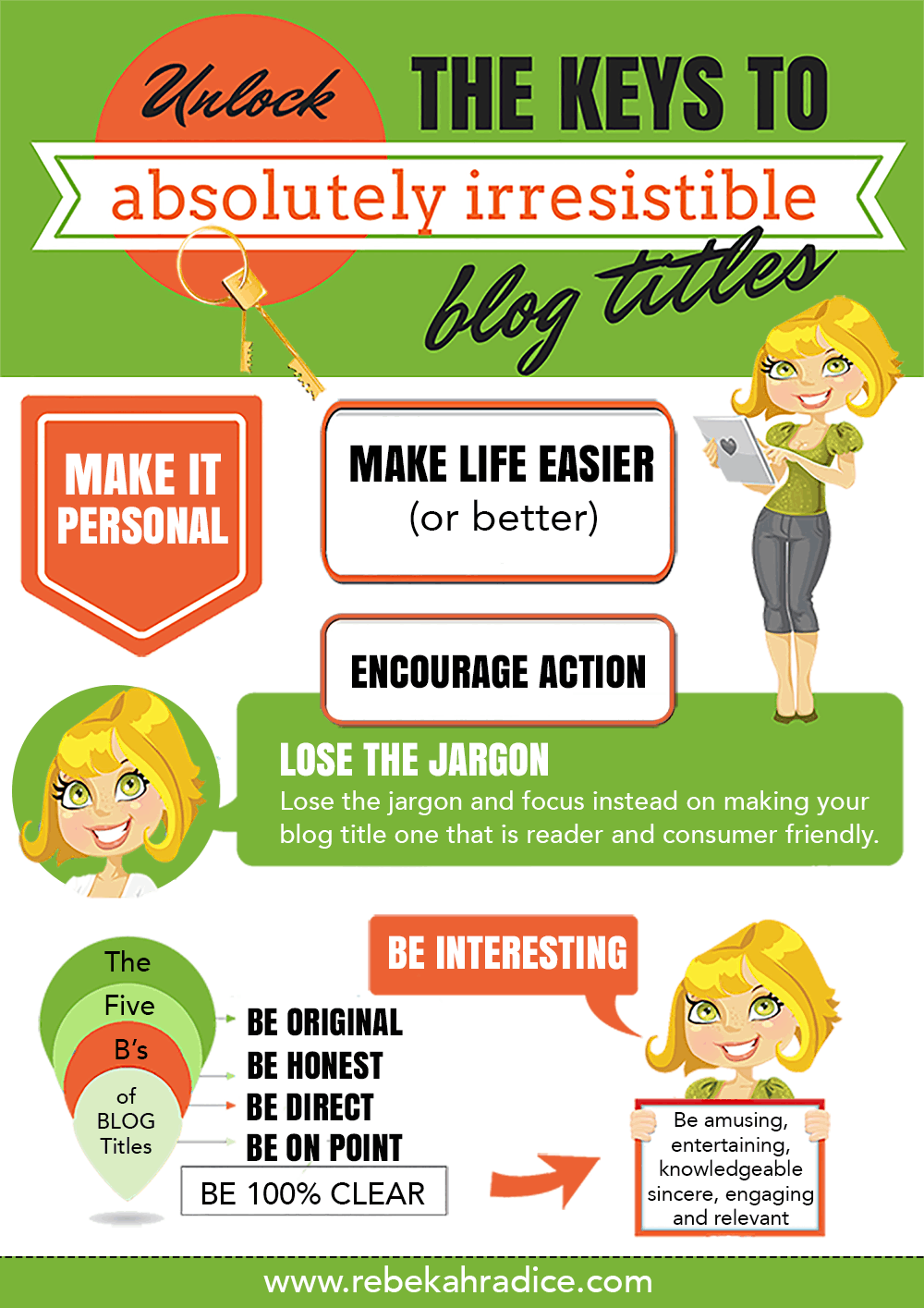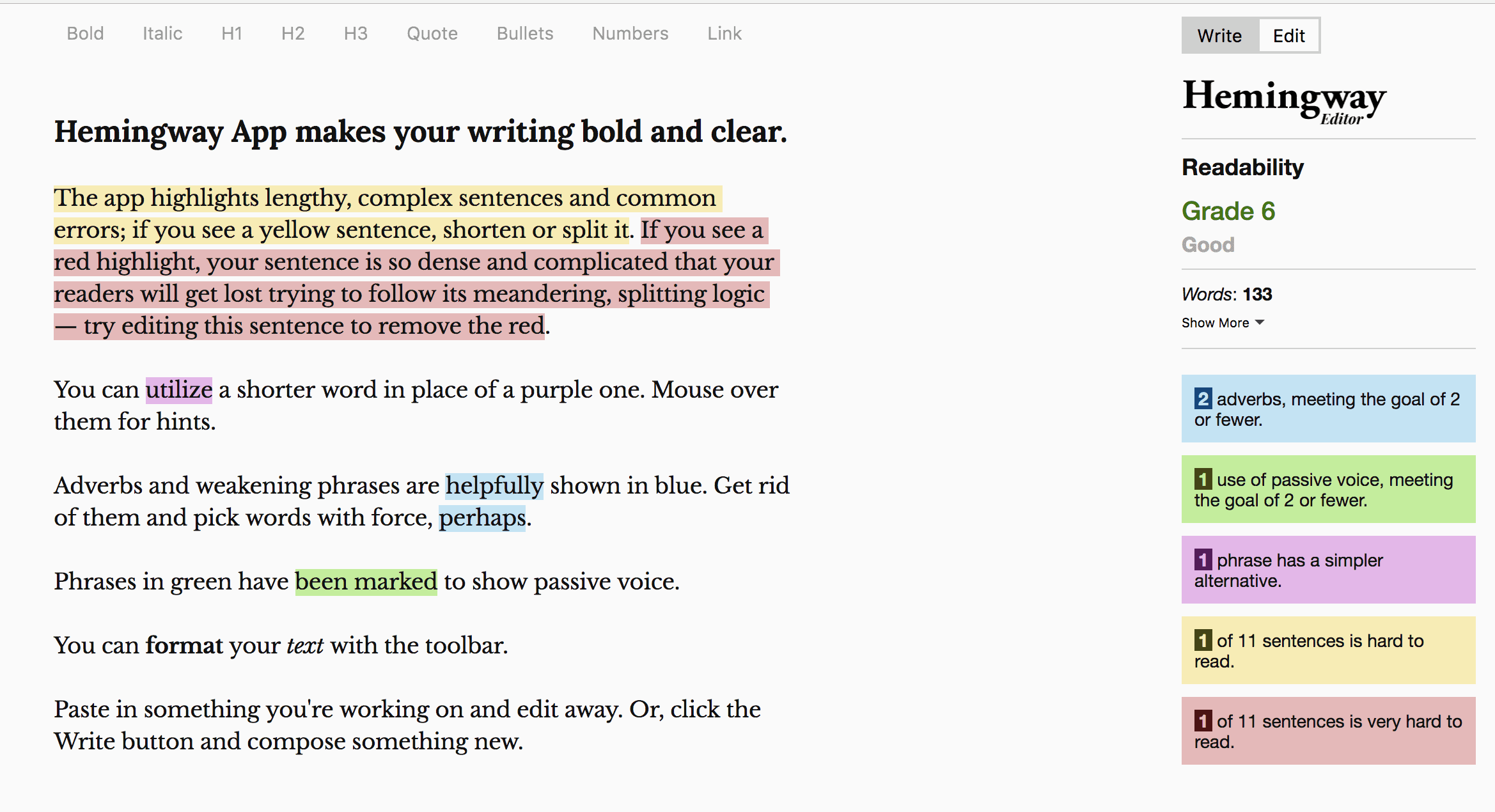You stare at the computer screen, hoping inspiration leaps out. How much time has passed since you started writing? Five minutes, an hour, maybe even two? Your head hits the keyboard as you sigh in disbelief.
How can this be happening again? If this scenario sounds familiar, you're in good company. Whether you’re facing writer's block or a creative slump, creating compelling content can feel elusive.
The good news? While writing great blog content on a consistent basis can seem overwhelming, it is possible. Just take a look at some of today’s most successful writers and authors. How did they achieve the status of the best and brightest? Each one committed to honing their craft through consistent efforts.
No matter if you’re a newbie blogger or looking to improve your next blog post, you’ve come to the right place. Here you’re going to learn seven steps to writing a great blog post every time.
Step 1: Make it convincing
The first paragraph of your post will be the deciding factor. To quote the musical group The Clash, the question on your reader’s lips is,
“Should I stay or should I go?” (click here for your blast from the past)
You have one chance to grab your reader’s attention. Don’t miss the opportunity to craft an opening to your blog post that seizes your attention from the moment they land on your blog. Copyblogger suggests you open your blog post with a bang:
- Ask a question.
- Share an anecdote or quote.
- Invoke the mind’s eye.
- Use an analogy, metaphor or simile
- Cite a shocking statistic.
The key is to write with your reader in mind. What will wow, excite, or encourage them? What about your post will speak to their pain, struggle, and frustration?
If you're just getting started, take time to research. Look to your competition, influential bloggers, and those in your space that have built what you're eager to create. Take a look at their tone, style... the words they use (and don't use). Is it resonating with their audience? If so, why? What about it connects with you? The goal isn't to emulate their blog, but to better understand what their audience (and yours) is looking for.
Now put your personality into your writing. You'll never convince people if you don't believe it. And the only way to believe in what you write is to have been there / done that. Sharing anything you haven't actually done is, well... a fabrication or to be straight - a lie. To captivate your audience, you're going to have to be straight with them.
A great example of this is Michael Hyatt. Not only does he speak from the heart, but from years of experience. And it shows. He's empathetic, creating a mental picture of his audience's struggle, letting them know that he gets it. And he has the solution.

Step 2: Speak to an audience of ONE
I speak a lot about the importance of knowing your niche and understanding the needs of your target market. Rather than blasting your content out to a broad audience, you write with a very specific reader in mind.
Speaking to an audience of one means you embrace your core audience. You define who they are in detail. Have you taken the time to consider what your typical blog reader enjoys reading and what answers they're looking for when they visit your blog? If not, let's get you into the head and heart of the person you're eager to connect with.
How to identify content for your core audience:
- Put yourself in the shoes of your target market. What challenges do they face, what questions do they have, and what problems do you solve?
- What is your competition talking about? Does that seem relevant to your audience?
- Look to the Internet. Research keywords and phrases that your audience would type in if they were looking for your product or service.
- When you're researching topics, think about the true intent of your audience. This is where you want to mix in traditional keyword research with the contextual search or actual intent of your reader. Put it in their words. (e.g. what someone would actually type into Google or ask Siri?)
The more time you spend researching, the better you’ll understand exactly what potential readers are looking for and how you can best meet their needs.
Social Media Examiner understands their audience and speaks solely to that group in their titles, copy, meta - every inch of their blog posts. No generalizations here.
This post answers the question, "How do I run a Facebook ad?" That's the problem they're looking to solve for their reader. When you land on the post, you see that they've identified the problem, empathized with the situation, and provided an immediate solution.

Step 3: Keep it focused
Stick to one topic per post. Be brief and informative, but always know your goals before you find yourself rambling and down an unrelated rabbit hole.
How to get started:
- Get clear by outlining the key points that will support your topic.
- Now flesh out those key points and express the why, what and how of your post.
- Write down - why your reader should care, what they will learn by reading your content and how this post will make their life/business easier or better.
- Finally, identify the most important takeaway that you'll leave your readers with.
Seth Godin is the master of the setup and key takeaway. He guides you in and then leaves you with that aha moment. That moment of clarity where your mind shifts, eyes open, and the possibilities become endless. Give your audience that same gift.

Step 4: Make it readable and scannable
No matter the length of your post, it's important to keep it scannable and readable. Visitors are moving at the speed of light. Make it simple to quickly assess your article and topic. Digital marketing influencer Sam Hurley consistently writes an opening paragraph that leaves no doubt in the mind of the reader what:
- The article is about
- Why they need to read
- What they're going to learn

The good news? You can do the same! Here's a few tips to help you write better content, connect with your reader, and create an article that speaks to their pain.
- Stay away from technical terms or industry jargon that your typical reader (someone not working within your business) wouldn’t understand.
- Don’t use acronyms or other terms that make a reader question what they mean. If a reader can’t quickly discern what you’re message is, they’ll move on with the possibility of never returning.
- Format your post – use h1 through h6 heading elements, bold, italics, short and concise paragraphs, bulleted lists, graphics and other media to break up the post.
- Read through your post. Does it feel clunky or uncomfortable? If it doesn’t flow for you, it won’t for your reader either.
- Edit ruthlessly!
Step 5: Give it a great headline
Your blog post title is similar to any marketing headline. Readers, just like consumers, make snap decisions based on your title or headline. The goal is to draw them in through short, catchy and straightforward titles. You want your blog post title to incite interest and produce action, but only through an honest promise of what’s to come.
Tips to a great blog title:
- Evoke emotion
- Personalize the content
- Solve a problem
- Simplify a process
- Encourage an action
- Take a stand
- Reveal a key strategy
- Offer unique insight and advice
- Make a promise your content keeps
- Set expectations

Step 6: Make sure its shareable
The quickest way to create shareable content is to produce an eye-catching graphic. Not only will it help get your content shared, but images make an immediate impact.
Did you know:
90% of information transmitted to the brain is visual, and visuals are processed 60,000 times faster within the brain than text. Crazy, but true according to a study by 3M Corporation and Zabisco.
Encourage readers to share your content across multiple social channels by offering at least one branded image. What do I mean by this? Steer clear of anything that reeks of a stock photo or doesn’t feel “on brand” for your business. Peg Fitzpatrick, co-author of "The Art of Social Media," suggests that you customize the size of your graphics to optimize the visual appeal on each platform. Here you can see she created an image that's perfectly sized for Pinterest. (portrait vs. landscape)

The opportunity here is that every social network requires a different size image. If you’re ambitious and want to create a unique graphic for each social network, you can find those dimensions here. If you're not interested in spending an abundant amount of time sizing images on your own, use a tool like Relay to do it for you.
Step 7: Tidy it up
Always examine and tidy up your post before publishing. Eliminate any needless words or phrases. Keep it short and to the point, removing any adjectives or adverbs that only belabor a sentence.
Run it through spellcheck and if you don't feel like sentence structure is your strength, hire a Virtual Assistant to review on your behalf. Another tool I find extremely helpful is Hemingway. I aim for a 7-8 grade or readability score and always pay close attention to any use of passive voice or sentences that are hard to read.

*BONUS TIP*
Add a persuasive call to action
You’ve written a great post and you’re ready to go live. Don’t hit that share button quite yet! Make sure you’ve added your compelling call to action. This should be the exact next step you’re asking your readers to take. Whether it's a subscription or download, give clear instructions. You never want to assume they know what you want them to do.
Final thoughts
A great blog post should inspire, encourage, motivate, and captivate your audience.The goal is to give them a persuasive reason to return to your blog time and again.Never miss an opportunity to write better content, speak to your exact reader, and be a beacon of trust that keeps your audience coming back for more.
Ready to improve your online marketing? Get the "Smart Guide to Marketing Your Business on Social Media!"

About Rebekah Radice
Rebekah Radice, co-founder of BRIL.LA, has traded narcissism for purpose. When not driving growth, you'll find her tricking family into thinking she's Emeril Lagasse - likely covered in marinara. The spotlight was fun, but impact is better. These days she's using 20+ years of brand brilliance for good.
